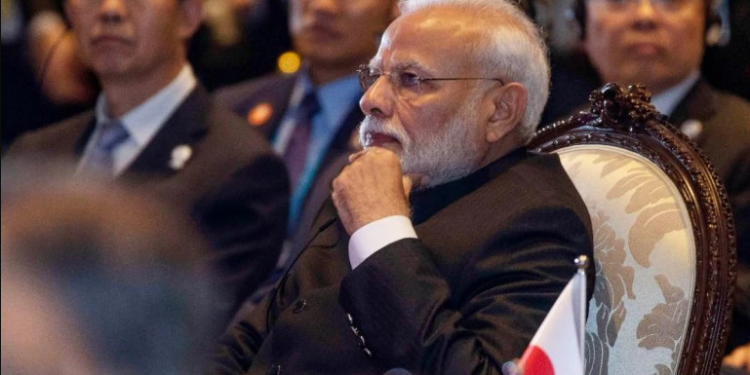Early this week, India pulled out of the Regional Comprehensive Economic Partnership (RCEP) summit at the eleventh hour. The fact that Prime Minister Narendra Modi had flown in to Bangkok to take part in the RCEP deliberations had most of us believe that India would join the world’s largest trading block. RCEP has 16 members (10 members of the Association of South East Asian Nations or ASEAN and six of its free trade agreement partners) that made up three billion people (45 per cent of the world’s population) with a combined gross domestic product (GDP) of USD 21.3 trillion. These countries account for 40 per cent share in the world trade. After India pulled out of the block, the group’s weight may somewhat be whittled down. Nevertheless, with or without India, RCEP will still be the world’s largest trading block. Yet, questions are being raised as to why Prime Minister Modi refused to be part of the block at the last minute. Was it that the group refused to accommodate India’s terms? Among India’s wishes was a demand for a cap on imports from China; India wanted more trade in services; an assurance for better market access for more Indian goods and services to the Chinese market, and concerns on tariff reduction on farm goods and dairy products. All these demands are nothing new. India has been pressing for them from several platforms. Therefore, to conclude that Chinese influence on RCEP scuppered India’s bid may be too far-fetched. In light of the current US-China trade standoff, China should be rather keen to keep India in good humour so that it can make up for the loss of US markets for its exports. For India, joining the group would have meant it stood behind China – an eventuality that would not have enthused the US. All said and done, Modi’s abrupt leaving the RCEP was bad diplomacy. If at all India was not to join the multilateral trade block, the PM would not have gone there.
Having said that, India’s decision to stay out of the RCEP has been welcomed by various sections within the country. Farmers, small businessmen and traders in India have hailed the government’s move. CII, which had initially welcomed the RCEP, has done a volte-face. India runs a massive bilateral trade deficit with China that works out to $53 billion. Any further institutional obligation to receive more of Chinese exports would have widened this deficit. Agreeing to join RCEP would have been tantamount to a preferential trade agreement with China. This would have been to the detriment of Indian industries. Our experiences with countries with which we have signed free trade agreements are not a happy one. Though the volume of trade has gone up post-FTA with South Korea, ASEAN and Japan, imports have gone up faster than exports from India. According to NITI Aayog, India has a bilateral trade deficit with most of the member countries of RCEP. Exports to RCEP countries account for just 15 per cent of India’s total exports, while imports from these countries make up a whopping 35 per cent of our total imports. India has more to lose than gain from joining RCEP. However, not joining the RCEP can’t be a permanent solution. Isolationism in economic matters will only lead to stagnation. The government must pursue its reform agenda and make our industries efficient so that they are able to face global competition. Indefinite protectionism will blunt efficiencies of Indian companies which can never compete in international markets. The decision of the government to not join RCEP may have made good economic sense for now, but in the long term we may not wish it away.






































